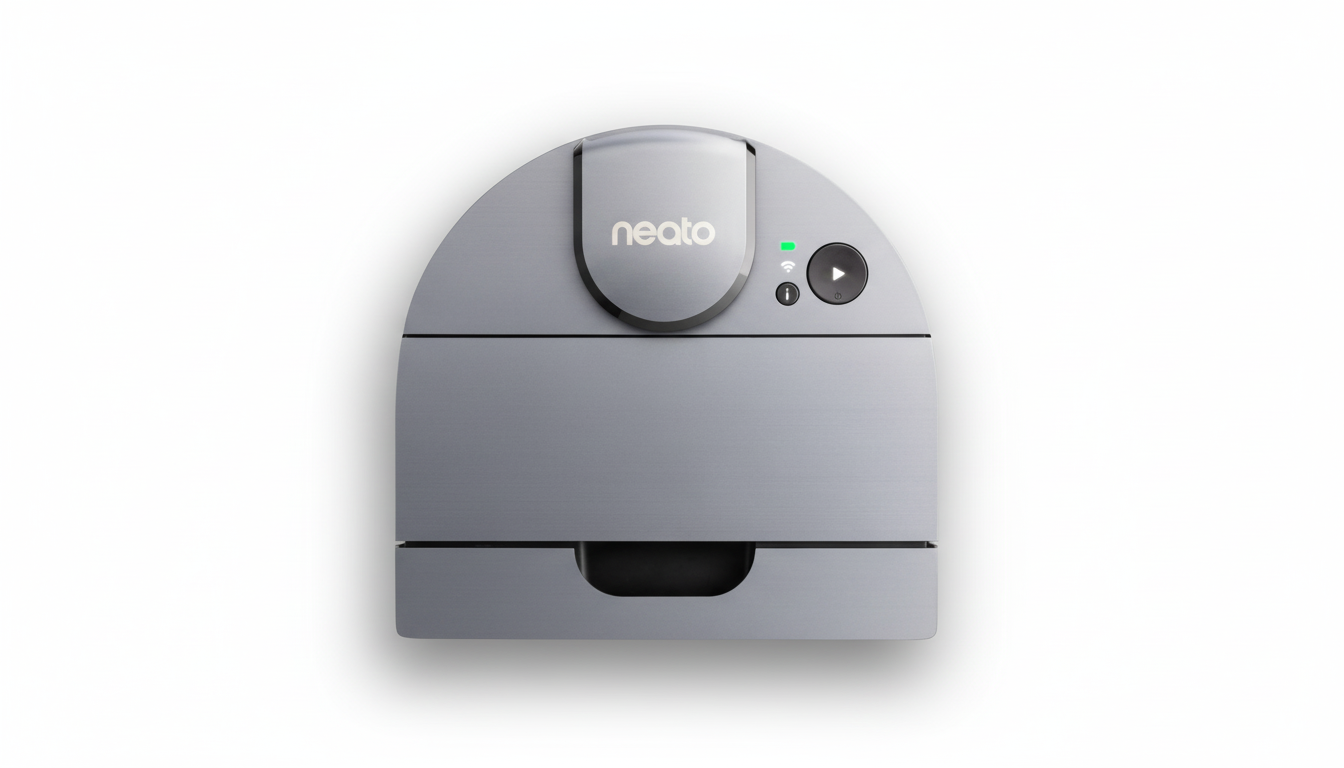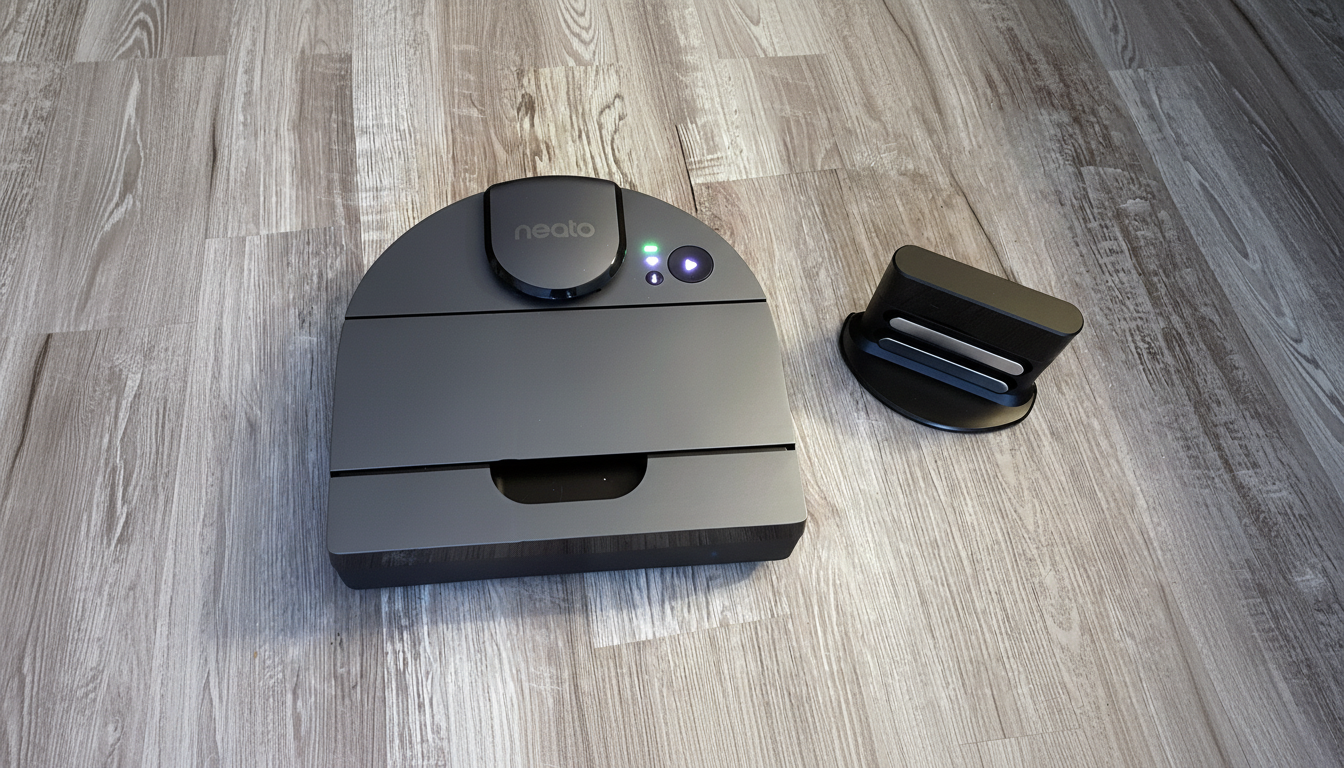Neato’s robot vacuums are losing their links to cloud services well before the company’s promised date of five years, leaving some owners with lots and lots of cleaning feedback. Without cloud support, models such as the Neato D10, D9 and D8 no longer have app control, room maps, no-go zones, custom schedules or voice assistant integrations — functionality many buyers assumed was essential when they purchased from the brand.
What Changed and Why It Matters for Neato Owners
When Neato’s owner announced it was closing up the brand, consumers were assured that cloud support would live on for years so that their investment in the platform would be protected. The company will instead discontinue those services after two years, emails sent to users and first reported by a number of outlets suggest. The machines still power on and can clean when you tap the physical button, but most of the “smart” part of these smart vacuums is gone.

This isn’t just an inconvenience. For a lot of households, multi-floor maps, targeted room cleaning and automated routines are the features that make premiums worth paying. Without the MyNeato app, that eliminates remote starts and progress notifications, as well as integration with Alexa or Google Assistant. Owners who spent meticulous time building virtual boundaries instead may just fall back to manual starts and physical barriers.
Customer Backlash Spreads Over Lost Smart Features
Disgruntled buyers have launched petitions and forum posts demanding that Neato hold true to its word. Some characterize their vacuums as reduced to little more than costly “dumb” cleaners with the disappearance of maps and schedules. Others say they went with Neato over rivals because of guarantees around long-term support during the brand’s wind-down.
Consumer advocates say this is a textbook case of the dangers of cloud-dependent hardware. The Electronic Frontier Foundation and organizations like Consumer Reports have repeatedly warned that connected devices can be deprived of critical functions at a company’s whim, even if the physical product is otherwise functioning as expected. The reflexive reaction, perhaps to be expected in light of all this, is that buyers are coming to accept longevity and support policies as being just one more spec instead of fine print.
The Cloud Trap for Smart Appliances and Devices
Neato’s about-face follows a handful of smart-home shutdowns that blindsided owners — the Revolv smart hub was bricked when its acquirer pulled servers, Logitech’s Harmony Link lost cloud functions and early Philips Hue bridges stopped receiving updates.
It’s a familiar pattern: Cloud-capable but indispensable features depend on functioning servers at some vendor, and when those servers go dark, all the value tied to hardware vanishes.
For some time, with its Privacy Not Included project, Mozilla has flagged that many smart devices are “service-shaped,” and features often live only in the cloud. That approach can streamline setup and allow for rapid updates, but it also makes a single point of failure that is controlled by the manufacturer. When a company leaves a category, like the Pixelbook, or changes priorities and cuts spending elsewhere (like in focusing on fitness-related features), that cost is passed directly to customers in the form of lost functionality.

Legal And Regulatory Pressure Is Mounting
Some jurisdictions’ right-to-repair laws now mandate that manufacturers supply parts and documentation for a certain number of years, although some software, cloud services as well as other digital products can be in a legal no man’s land. The US Federal Trade Commission has pushed businesses on repair and warranty practices, and European policymakers have focused on product durability and support, but actual regulations that enshrine everyone’s right to receive cloud services for categories such as robot vacuums are rare.
If enough takers felt they were duped, the gap between marketing promises and real lifespan of connected features could be tested by regulators or courts. At the least, the episode adds urgency to the demand for clear, enforceable end-of-life notices that spell out when servers will stop running and what features will be left behind locally — and how data collected by old hardware is or isn’t handled.
What Neato Owners Can Do Now to Keep Cleaning
In the short term, owners can still run cleans manually with a button on the device and send them along physically with taped routes. Voice commands, maps and app-based zones are not going to work. Some community developers are working on methods to keep limited local control, but these can be technical and could compromise security or void the warranty. If you decide to go the community route, do so with caution and understanding of trade-offs.
For future purchases, consumers can reduce risk by prioritizing products or brands that provide published local control for core features, clear long-term support and end-of-life timelines, and public commitments to maintain core functionality offline if-and-when possible.
Although plenty of robot vacuum options still rely on cloud services today, some manufacturers offer clearer support windows and more robust on-device features. Industry standards like Matter have not entirely caught up to robot vacuums, so it’s left to manufacturers to establish what sort of expectations we can expect them all to meet.
Trust Is a Feature Now for Connected Home Gear
Neato’s case underscores a harsh lesson of the smart-home age: The value of connected hardware is only as sturdy as the service behind it. Turning its back on a five-year support commitment after approximately two years not only baffles owners — it chisels away at trust for the entire category. Until long-term support becomes a mandatory element of the product, buyers will continue to wonder whether “smart” is worth some level of risk.

